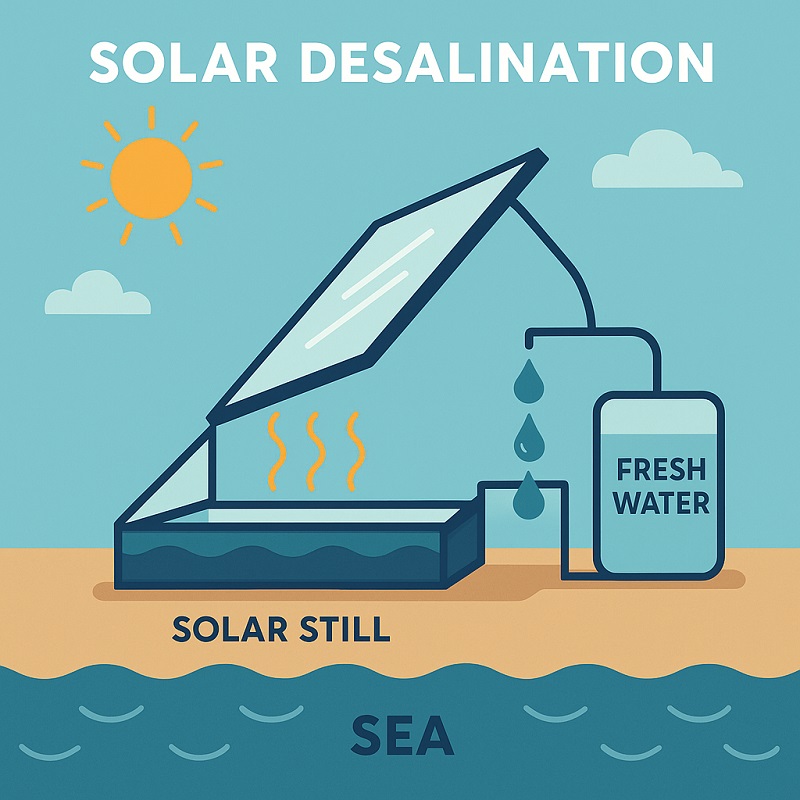Some coastal New Zealand communities find it hard to access clean drinking water. This is particularly true in dry seasons or when their freshwater sources run low. Solar desalination is an effective and environmentally friendly method for obtaining clean water. This technology relies on energy from the sun to convert seawater into clean drinking water.
It’s smart, but now more than ever, it’s a useful feature in places that are remote or detached from power lines in New Zealand. But what exactly makes this technology so well-suited to these communities?
Access to renewable power without depending on the grid
Solar water desalination in New Zealand without any chemicals stands out since it does not depend on the main power supply. For instance, many communities on the Great Barrier Island or the Chatham Islands deal with limited access to energy or instability with their electricity.
With solar panels or thermal collectors, solar desalination systems don’t need a fuel supply. So, there are no costly power bills and water supply issues from blackouts. When storms strike, such independence may be the difference between life and death.
Few ongoing expenses once set up
The running costs of solar desalination are low when compared with traditional methods. As soon as the panels or solar collectors are set up, the sun provides renewable energy.
Moreover, maintenance is simple – saving a lot of the budget local councils or community cooperatives working with water supply would typically have to allocate.
Unlimited clean water
Since New Zealand is surrounded by oceans, there is no shortage of seawater. Still, it can’t be used until the salt is eliminated. Solar desalination makes good use of this vast resource, so there is no need to harm rivers, lakes, or underground water supplies.
Water from rivers may run dry, but the ocean is always there. This technology shows how solar desalination can help coastal towns thrive with no chemicals, offering a reliable solution for water-stressed areas such as Northland and the East Cape.
Scalable technology
Solar desalination systems can handle various sizes. Such systems can be built for a single household or a single building. On the other hand, larger systems are designed to suit the needs of an entire community or school.
This versatility helps communities begin simply and expand their systems as required instead of spending millions on large networks. There are also portable units that can be set up for just the season, used during emergencies, or provided to locals in nearby communities.
Eco-friendly and climate-conscious
Solar desalination is a clean method that provides fresh water without adding to climate change. Powered by solar energy, there are zero greenhouse gas emissions, not like diesel generators or big fossil-fuel desalination systems.
Also, these systems can be built in small areas, barely affecting the environment and the surrounding seas. For communities already seeking water, fire, flood, and erosion solutions in New Zealand, this technology offers a climate-resilient option that supports long-term sustainability.
The bottom line
For New Zealand’s coastal and island communities, solar desalination means having practical and sustainable devices that supply water, energy security, and lasting financial gains.




